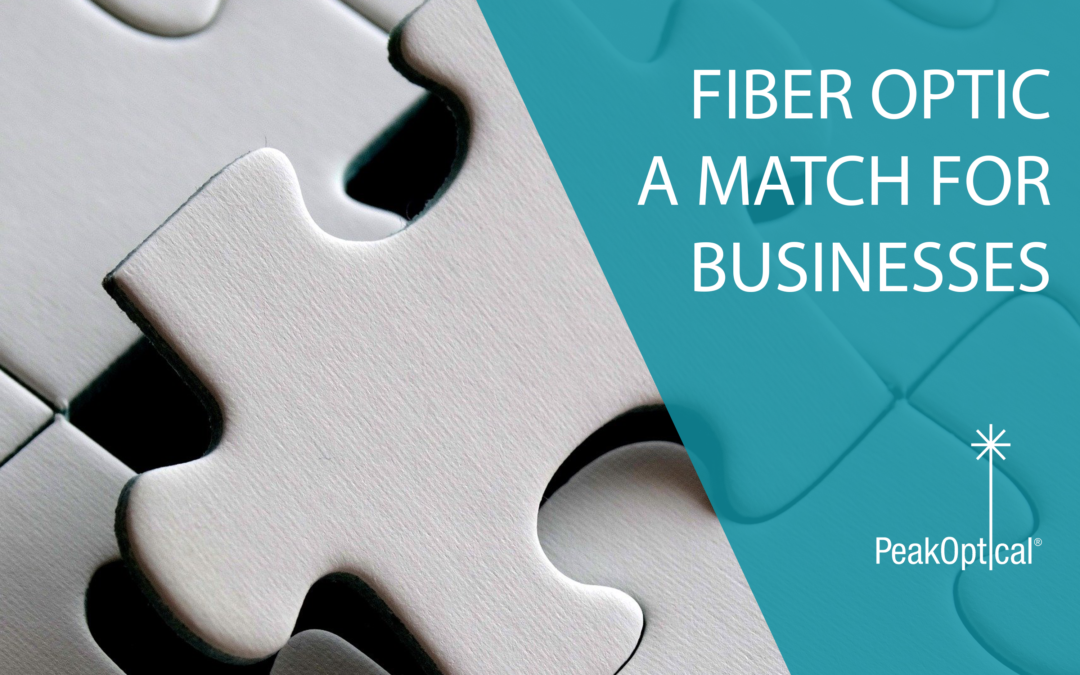Back in 2017, over 280 kilometers of fiber optic were sold globally. Lately, fiber optic has become a must for a multitude of fields of work. The technologies that use these cables are as varied as light signals themselves. Here’s why fiber optic is a match for all businesses.
Computer networks
Fiber-optic cables primarily carry information over long distances. This creates optimal conditions for the transmission of data. Fiber optic cables have many advantages over older styles of electronic transmission:
- Less signal loss. Information travels 10 times further before needing amplification
- No interference. Fiber optic cables are less susceptible to electromagnetic interference
- Higher bandwidth. Fiber-optic cables carry far more data than older cables of the same size
Computers were once connected over long distances by telephone lines or Ethernet cables, but fiber cables have replaced those options because of networking computers with fiber optics are affordable, reliable, secure, and offer higher capacity.
Broadcasting
While early television and radio signals used electromagnetic waves to transmit signals, cable TV companies transitioned forward using coaxial cables, and those carried a handful of analog television signals. As cable consumer numbers grew and the television networks started to offer more channels and programs, cable operators switched from coaxial cables to optical fibers, from analog to digital broadcasting.
Medicine
Medical devices that help doctors look inside human bodies without cutting them open were the first application of fiber optics more than 50 years ago. Now, gastroscopes and arthroscopes are commonplace in medicine, and fiber optics continue to become an important component in new medical scanning and diagnosis devices.
Military
A key advantage in many instances is the world’s hi-tech military forces connected by fiber optics. Fiber-optic cables are cheap, lightweight, high-capacity, thin, robust against attack, and very secure. As such, they are a seamless way to link military bases with missile launch sites and radar tracking stations. They don’t give off electromagnetic radiation, easily detectable by an enemy, and they’re sturdy when targeted with electromagnetic interference.
At the beginning of fiber optic technology, the main issue was that the fiber optic cables were not that easy to find and were considerably pricier than copper products, which were (and still are) easily accessible. But, with the development and growth of the fiber optic market, the fiber optic products are now available for everyone, everywhere.


